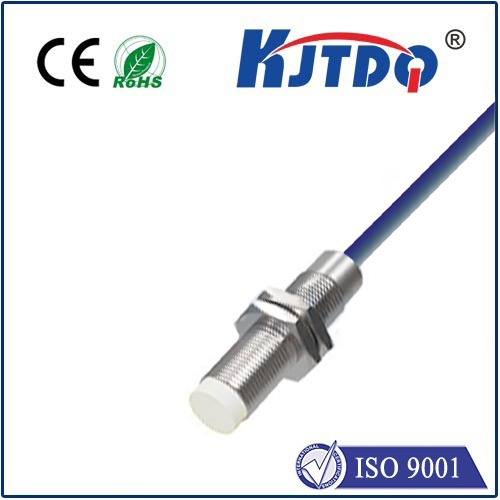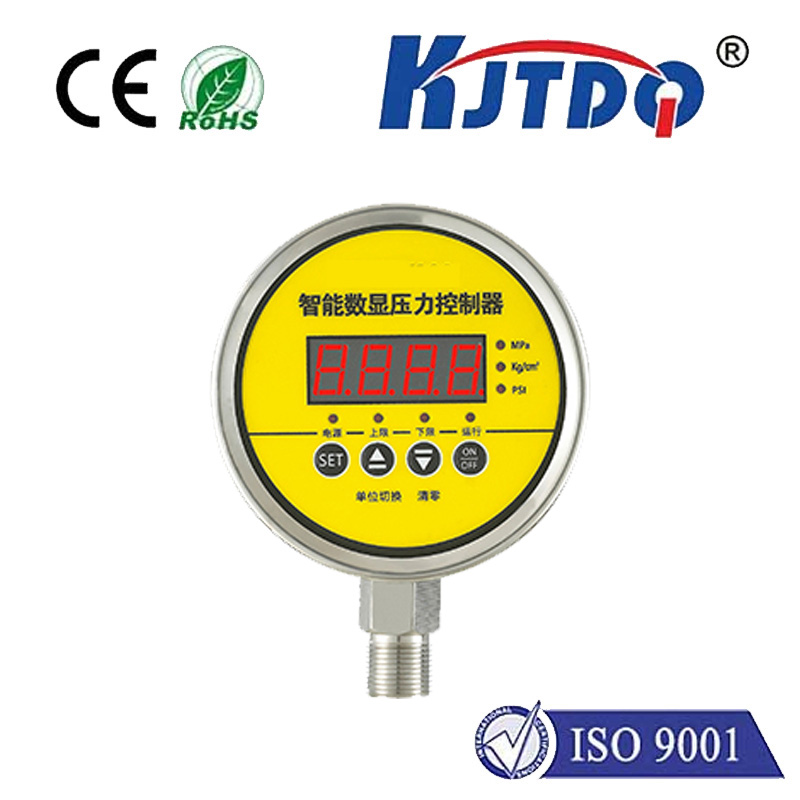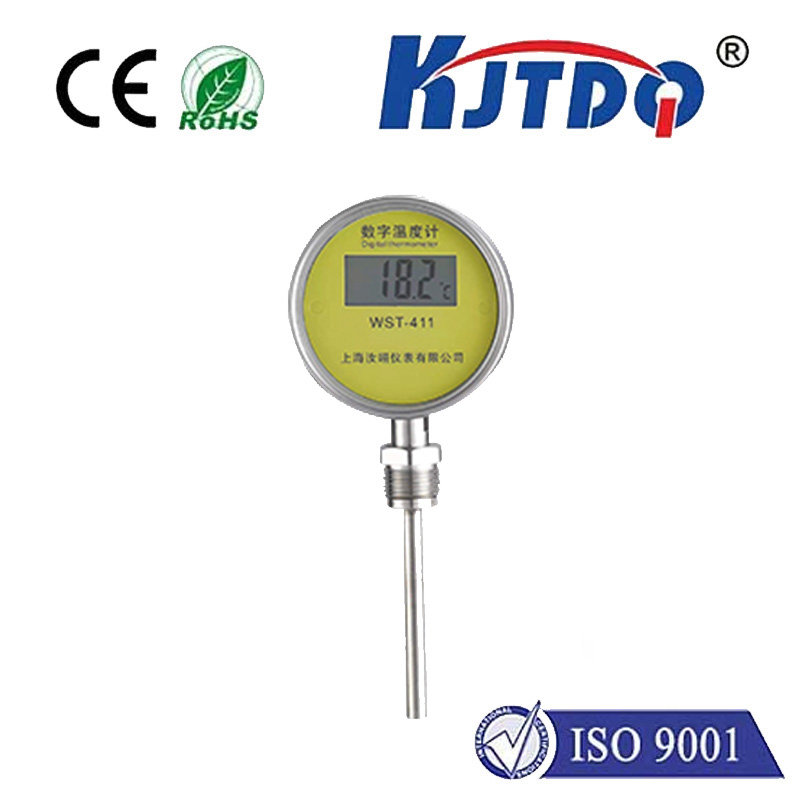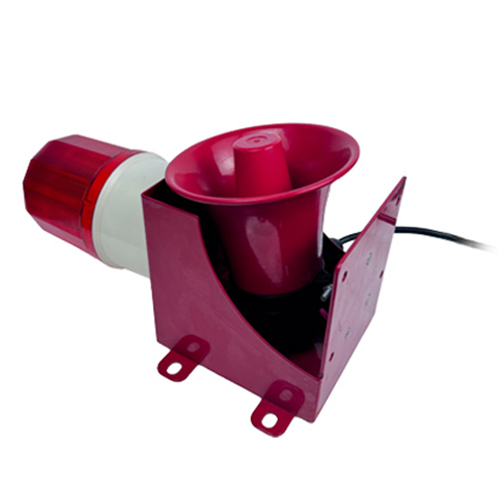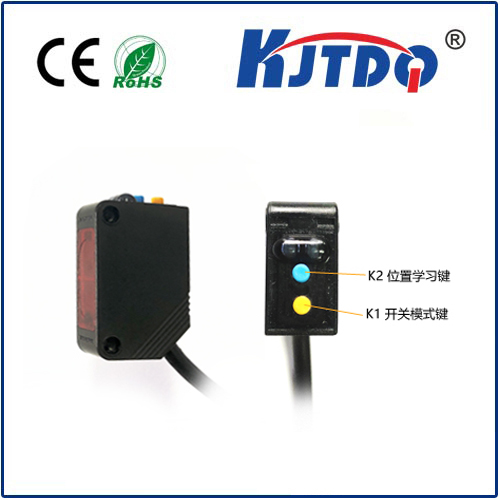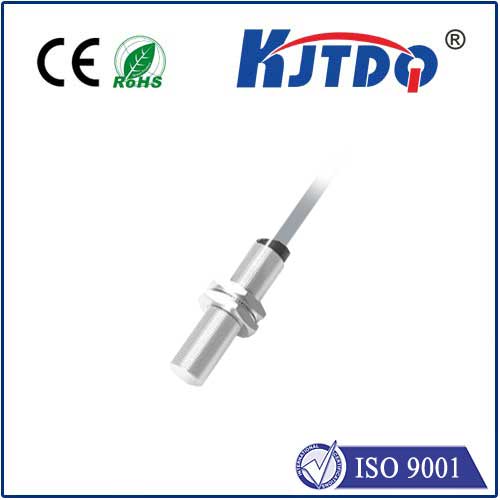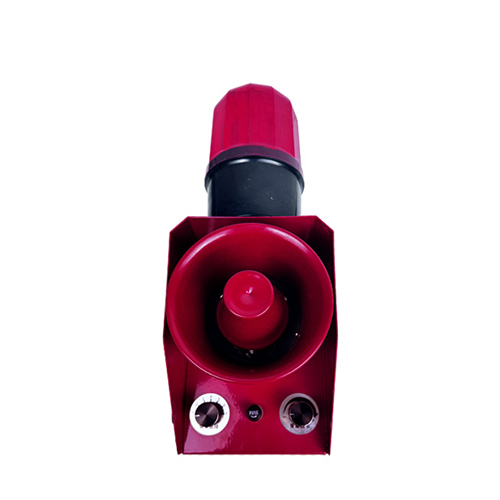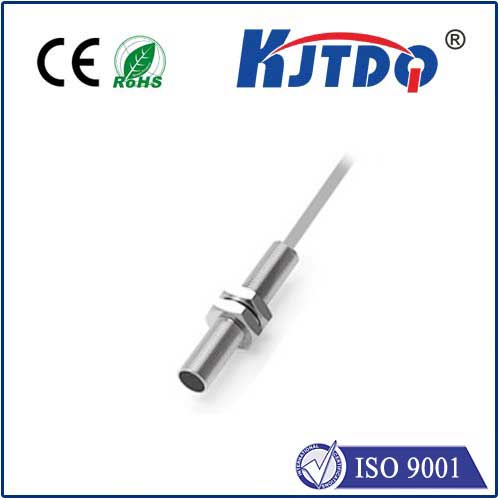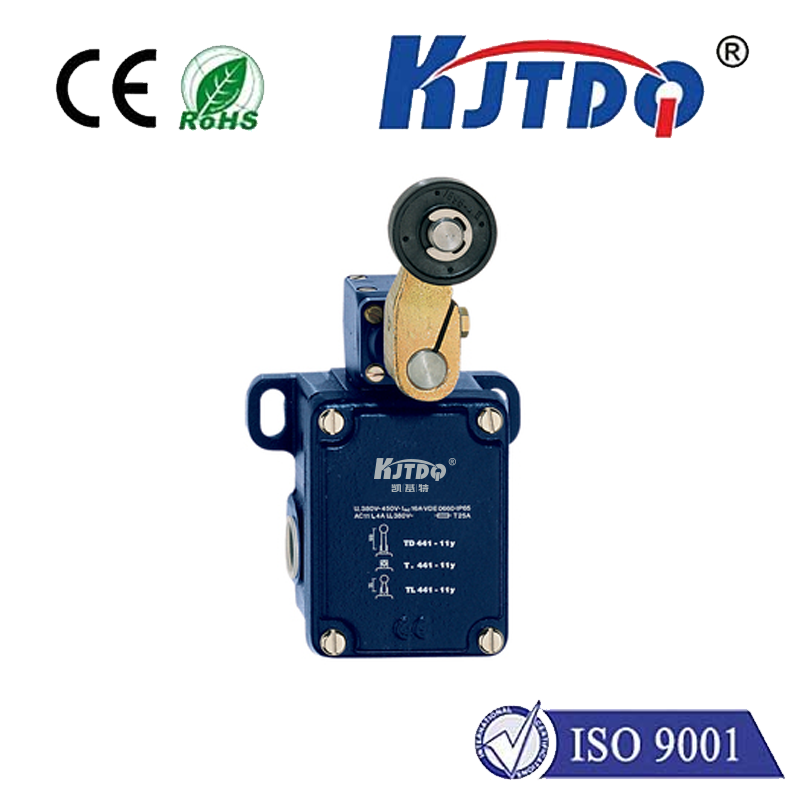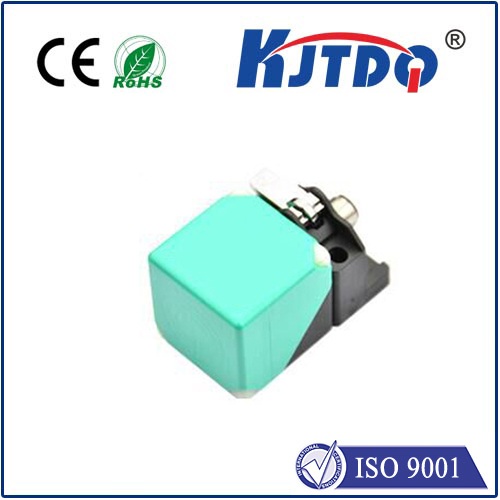

check

check

check

check
PZ-G61P Photoelectric Sensor: Enhancing Industrial Efficiency with Precision
In today’s fast-paced manufacturing environment, the integration of advanced sensor technology is crucial for optimizing production processes and ensuring high-quality output. Among the various sensor types available, the PZ-G61P photoelectric sensor stands out as a reliable and efficient solution for industrial automation. This article explores the features, applications, and benefits of the PZ-G61P photoelectric sensor, making it a valuable tool for engineers and technicians in the manufacturing sector.
The PZ-G61P photoelectric sensor is designed to detect objects using light beams, which allows for non-contact measurement and control. This technology is widely used in applications such as material handling, sorting, and quality inspection, where accuracy and efficiency are paramount. The sensor operates on the principle of emitting a light beam and detecting its absence or interruption, which enables it to trigger alarms or control mechanisms in real time. This capability makes it ideal for use in environments where direct contact with the object is not feasible or could cause damage.

One of the key advantages of the PZ-G61P is its high precision and reliability. The sensor is built with a high-quality optical system that ensures consistent performance under various conditions. Whether in a dusty or humid environment, the sensor maintains its accuracy, making it suitable for a wide range of industrial applications. Additionally, the PZ-G61P is compatible with multiple control systems, allowing it to integrate seamlessly into existing automation frameworks.
The sensor is also known for its durability and long service life. Designed with robust materials and a compact form factor, it is resistant to wear and tear, ensuring minimal maintenance and reduced downtime. This makes it a cost-effective solution for manufacturers looking to improve their operational efficiency without compromising on performance.
In terms of applications, the PZ-G61P is commonly used in material handling systems, such as conveyor belts and sorting machines, where it detects the presence or absence of objects. It is also widely employed in quality control processes, where it helps to identify defects or inconsistencies in products. Furthermore, the sensor is suitable for use in safety applications, such as automatic door controls and emergency stop mechanisms, where real-time detection is essential for worker safety.
The PZ-G61P photoelectric sensor is a versatile tool that offers a range of benefits for industrial automation. Its non-contact detection method, high precision, and durability make it a preferred choice for manufacturers seeking to enhance their production efficiency and product quality. By integrating the PZ-G61P into their systems, companies can achieve higher levels of automation, reduce human error, and improve overall operational performance.
In conclusion, the PZ-G61P photoelectric sensor is an essential component in modern industrial automation. Its ability to detect objects without physical contact, combined with its reliability and versatility, makes it a valuable asset for manufacturers looking to improve their production processes. As technology continues to evolve, the PZ-G61P remains a key innovation in the field of sensor technology, setting the stage for even greater advancements in the future.
